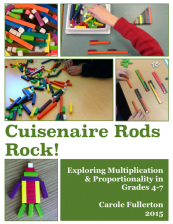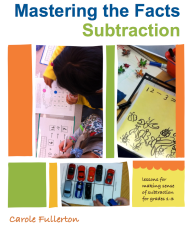Hello there!
A while back I was introduced to the book Actual Size by Steve Jenkins. The illustrations in the book are – you guessed it – the actual size of the creature being described. That makes it a wonderfully engaging and interesting book for children of all ages – and for anyone just learning English, the images are captivating enough to convey plenty of meaning.

I was asked to do a lesson in a grade 2 classroom in Richmond. The school was working onstrategies for non-fiction reading, and I was to focus on the strategies of visualizing and asking questions. We read the book together, talking about the images the children made (the pictures in my head) and the questions we had (what I wonder about). After reading and exclaiming :O at the illustrations for a while, I gave each child a card with a picture of one of the creatures and small bit of text on it. I asked them to look at their card, to read the text and then to do 2 things: to draw the picture they had in their head and to write one question they had about the image. Not surprisingly, every single question the kids had about the creatures was mathematical in nature, and their questions inspired many many math lessons after that day… 🙂 I’ve used the book in intermediate classrooms as well, where the notions of proportional reasoning and scale come in nicely!
I’ve been asked to include the Actual Size fact cards in this post so that others can try this task. I’ve summarized, in kid-friendly language, one fact about the animal on each the card and included (in METRIC) some information about the creature’s length, weight or height. Feel free to download them, understanding that they are drawn from Steve Jenkins’ work and should be credited to him. The file is very very big…!
Let me know how it goes in using these cards and this wonderful book!
Enjoy…
Carole








I just ordered this book!
Thank you for your sharing this great blog. I am a new Math coach always looking for ideas and inspiration. I will let you know how I use the book “Actual Size”.
I am using this book in a first grade class tomorrow to gain student interest in measuring in centimeters. I went through the book and converted all of the measurements to metric on post-its. Really cool book! I hope the kids like it as much as I do.
We used Actual Size in our Grade One class last week and the kids loved it. We have been watching herons, hummingbirds and eagles on live cams for the last month or so. A few weeks ago we made actual size plasticine models of the bird eggs, and then I remembered this book. It was a perfect fit for our oviparous animals unit. We sorted the animals in the book into oviparous and non oviparous. We just started a measurement unit, so the children wanted to measure everything in the book with snap cubes. The kids were fascinated by the gorrilla hand and that spurred research on gorillas. We used the can…are…have method of recording what we learned and then the children did the art project that goes with the gorilla page in the book( hooray for Pinterest). They used their research about gorillas as a border around their picture aqnd they look great! Thanks for the wonderful task cards (hooray for Carole Fullerton)! We will use them next week! I wanted to use Adrienne Gear’s The Important Thing lesson to do our gorilla writing but we ran out of time, but next week maybe we’ll do a new study from the book and use that nonfiction strategy. It’s amazing where you end up when you have a keen class and great resources!
[…] reasoning in the elementary grades (see also problems 27 and 29 in 20.1). You can also check out this website, with some more ideas for using the book in a […]
[…] reasoning in the elementary grades (see also problems 27 and 29 in 20.1). You can also check out this website, with some more ideas for using the book in a […]
[…] reasoning in the elementary grades (see also problems 27 and 29 in 20.1). You can also check out this website, with some more ideas for using the book in a […]
[…] https://mindfull.wordpress.com/2011/02/06/actual-size-a-book-about-measuring-and-comparing/ […]